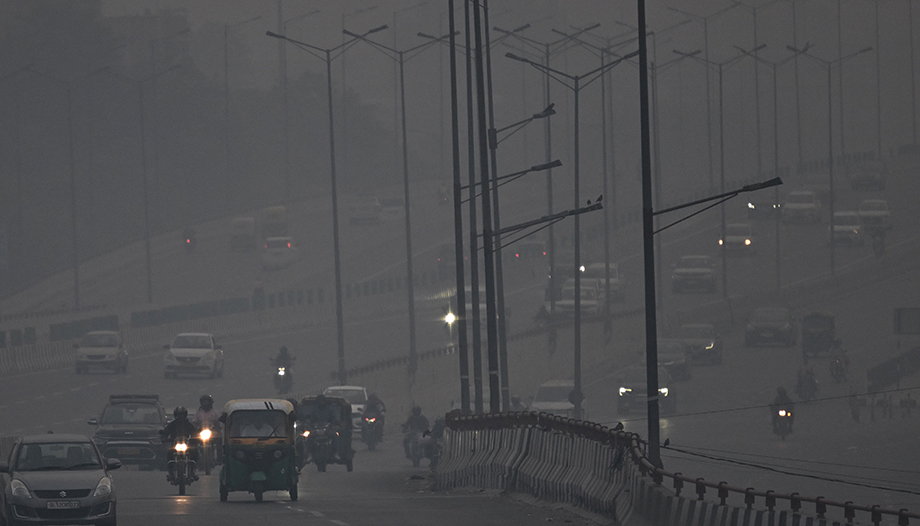
Kathmandu, October 25: India carried out its first-ever cloud seeding experiment on Thursday in the capital, New Delhi. This initiative aims to remove harmful smoke and particles from the atmosphere through rainfall and help control the city’s severe pollution.
Cloud seeding refers to the process of inducing rain by firing salt or other chemical substances into clouds from aircraft. This artificial rainmaking technology has already been used by several countries to reduce air pollution.
Officials in New Delhi, in collaboration with the Indian Institute of Technology (IIT) Kanpur, launched the test using a Cessna light aircraft over the city’s northern Burari area on Thursday afternoon.
Delhi’s Minister Manjinder Singh Sirsa said in a statement, “Today, the test flight for cloud seeding was completed, during which flares were used to fire chemical particles into the clouds.” According to him, the flight was meant to assess the aircraft’s capacity, test equipment endurance, coordination mechanisms, and validate preparations required for full-scale cloud seeding.
Delhi Chief Minister Rekha Gupta said, “If the weather remains favorable, Delhi will experience its first artificial rainfall on October 29.” She described the project as an “important step toward bringing back clean air for the people of Delhi.”
However, authorities have not yet disclosed which chemicals were used in the test.
With a population of over 30 million, New Delhi is considered one of the most polluted capitals in the world. Each winter, the city is covered in thick smog as cold air traps pollutants close to the ground, while crop burning, industrial smoke, and vehicle emissions combine to form a deadly mixture.
Fine particulate matter known as PM2.5, small enough to enter the bloodstream and capable of causing cancer, has been found to exceed the United Nations’ recommended daily limit by up to 60 times.
Pollution levels spiked further this week following Diwali fireworks. Monitoring agency IQAir reported that PM2.5 concentrations had risen to 56 times above the safe limit. The rise came after the Supreme Court lifted a total ban on fireworks, allowing so-called “green crackers,” which are marketed as less polluting.
By Thursday morning, PM2.5 levels in some parts of New Delhi had reached 154 micrograms per cubic meter, ten times higher than the World Health Organization’s recommended limit.
A study conducted in September found that even the historic Red Fort in Delhi has been turning black due to pollution. The joint Indian-Italian research team warned in the Heritage Journal that the UNESCO World Heritage Site is deteriorating as it becomes covered with a dark crust.
The technology of cloud seeding, developed in the 1940s, has been used worldwide — sometimes to reduce drought, control forest fires, or disperse fog for aviation. China notably used this technology to prevent rain during the 2008 Beijing Olympics.
However, scientists remain divided over its effectiveness. Some studies have shown that cloud seeding does not always yield the desired results and can cause unintended effects in non-target areas. Therefore, whether Delhi’s experiment will succeed or not still requires scientific evaluation. (RSS/AFP).
People’s News Monitoring Service.







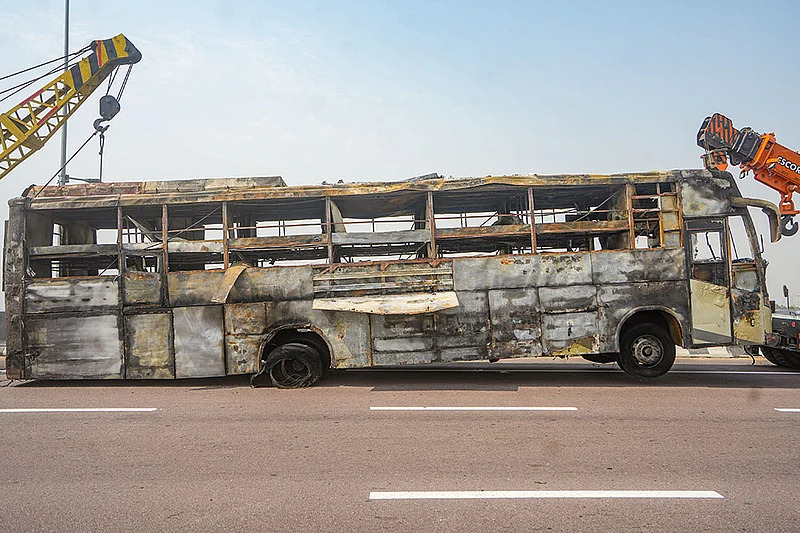

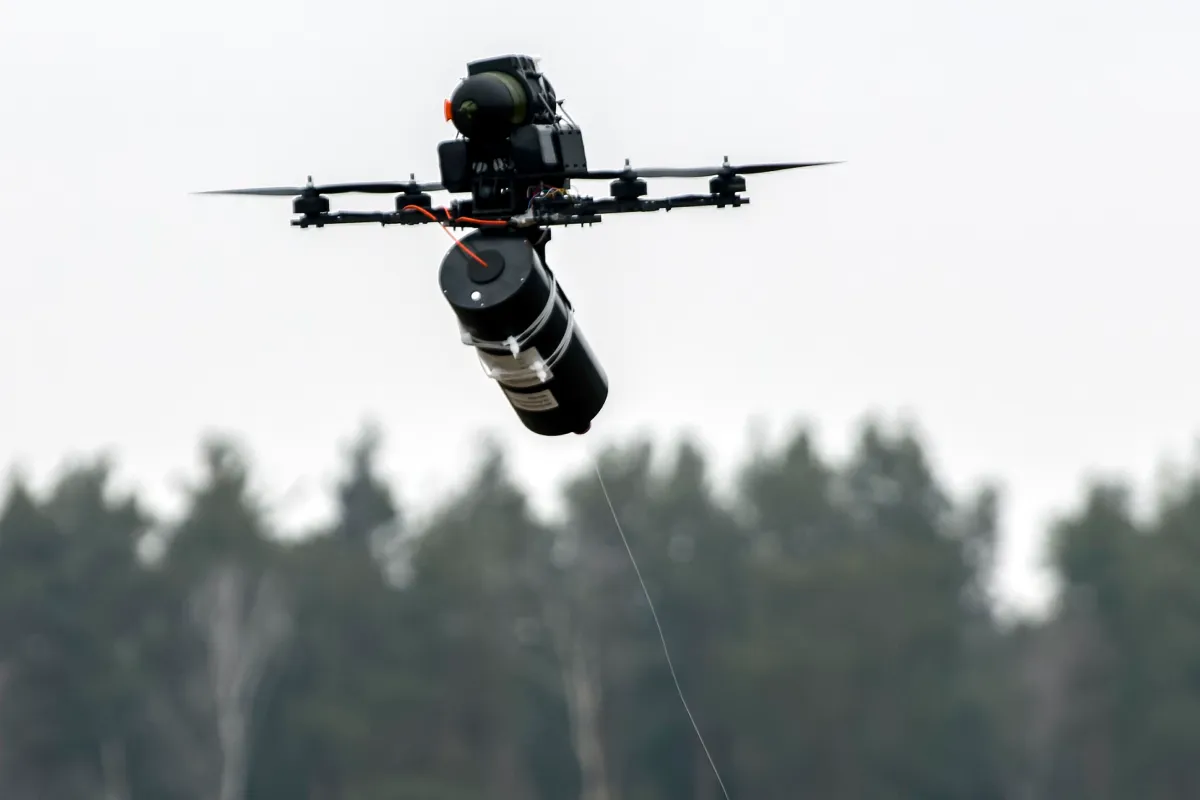
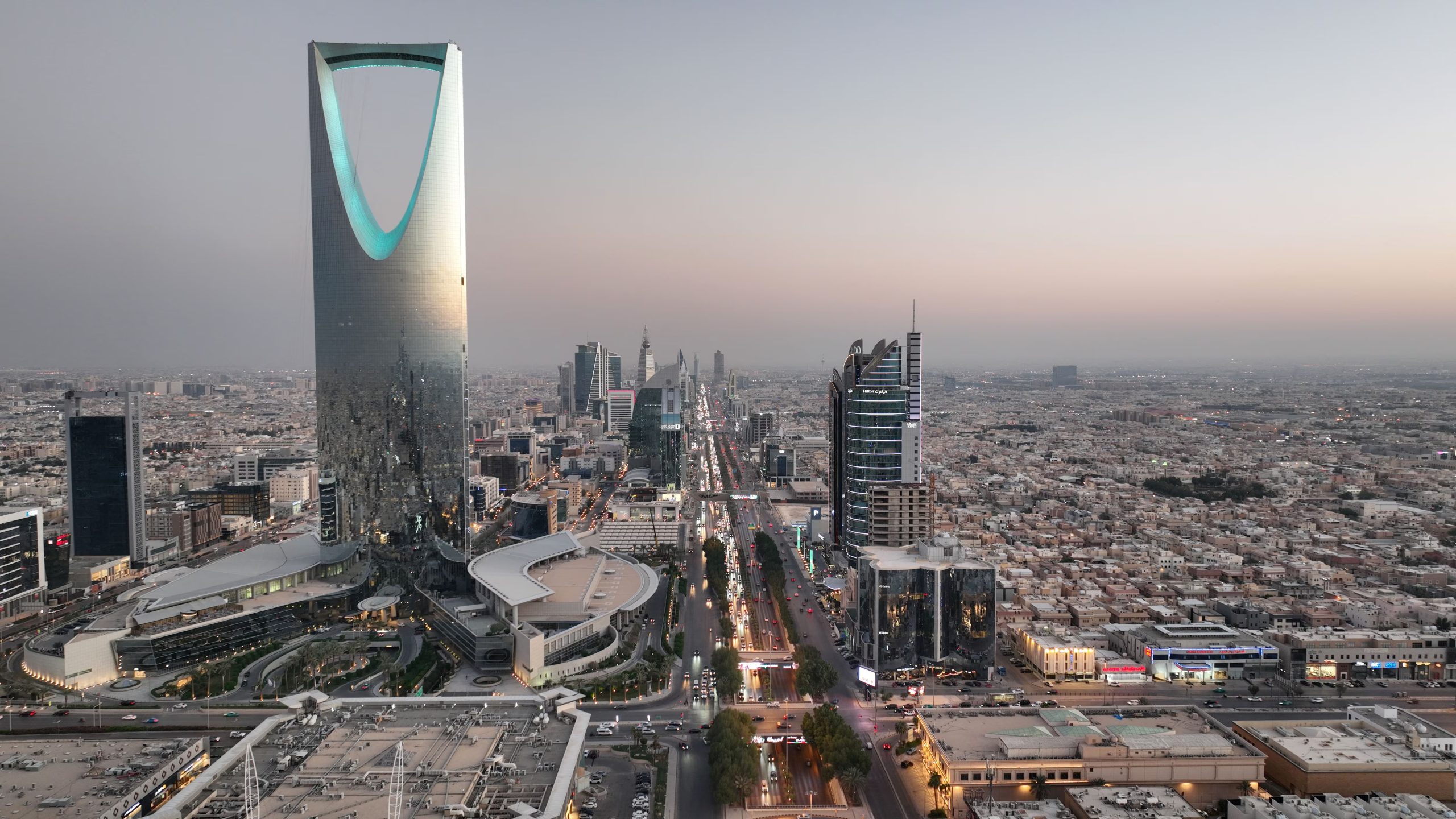

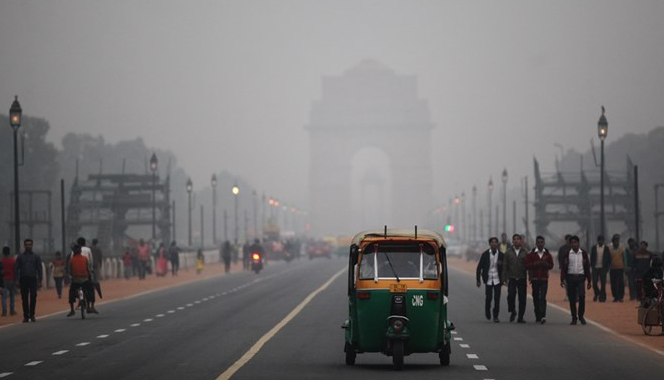






Comments:
Leave a Reply